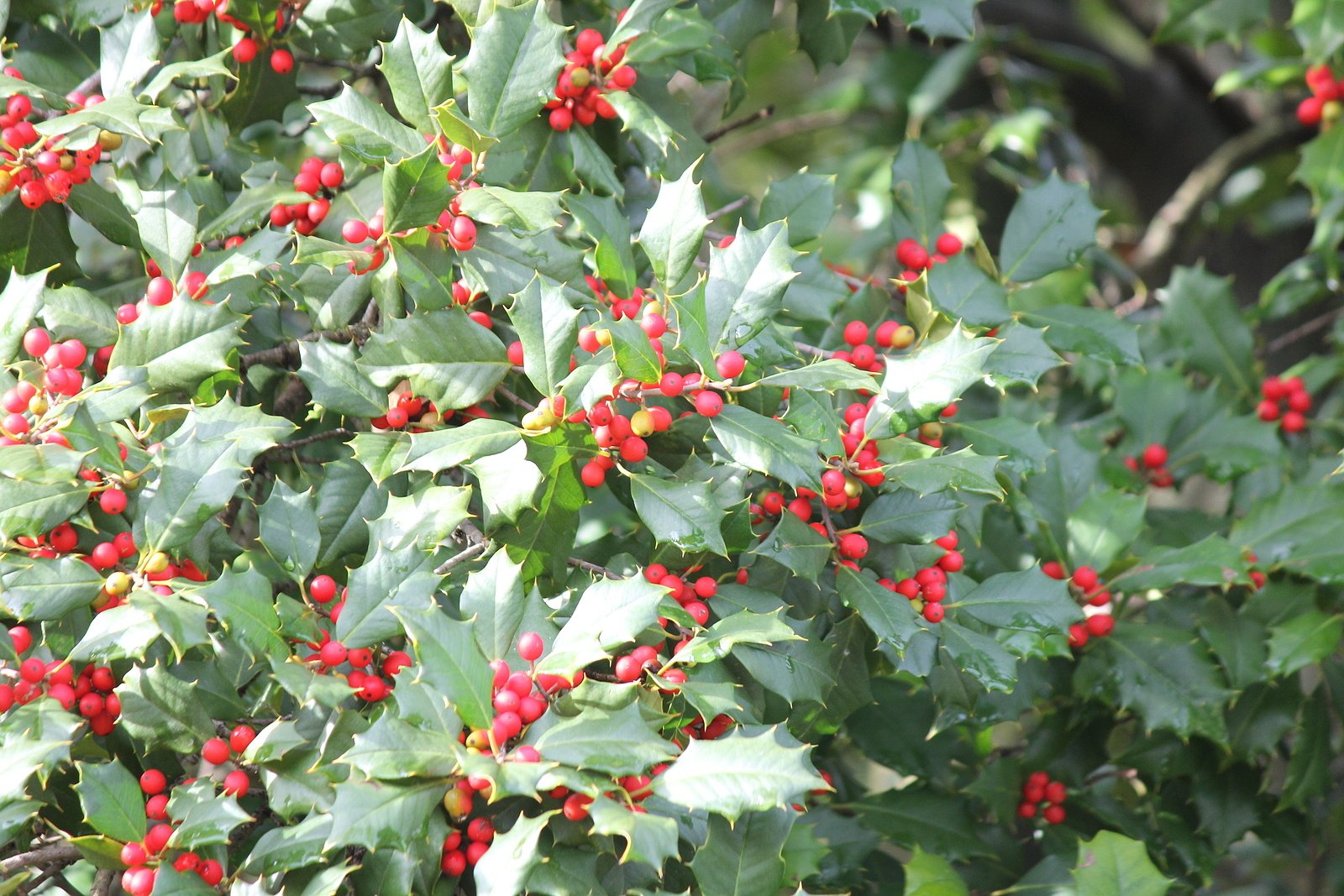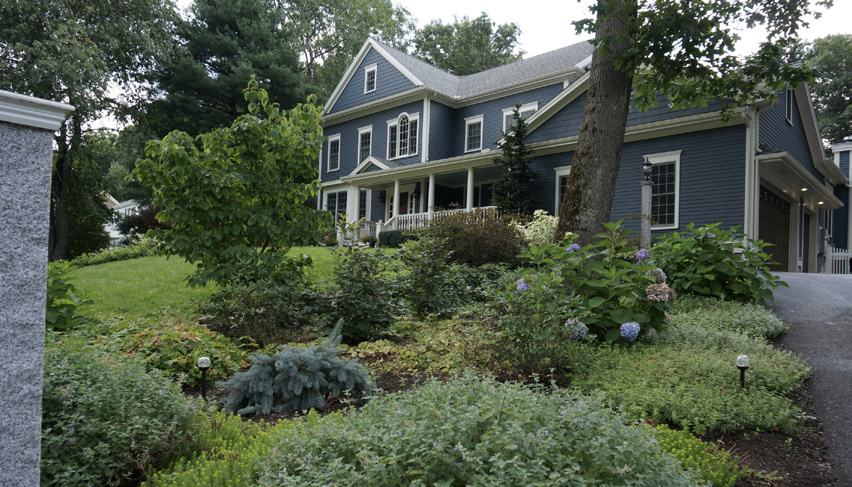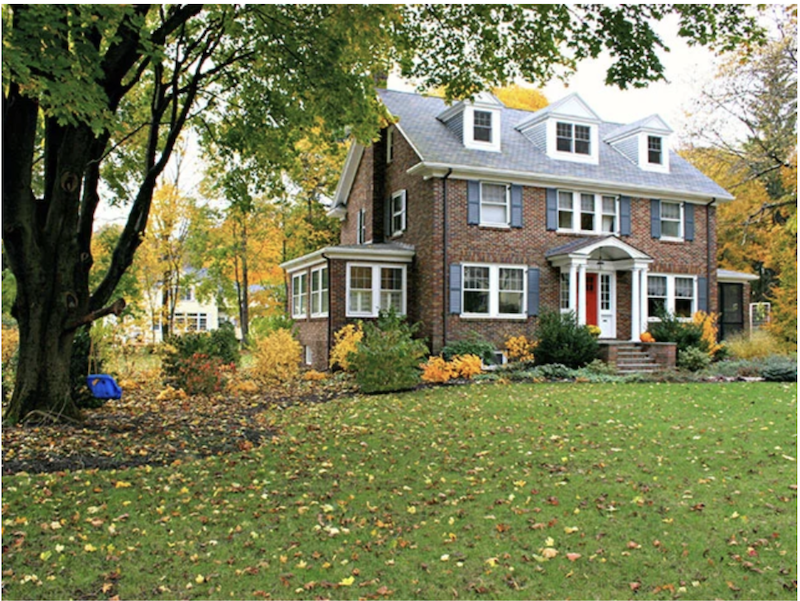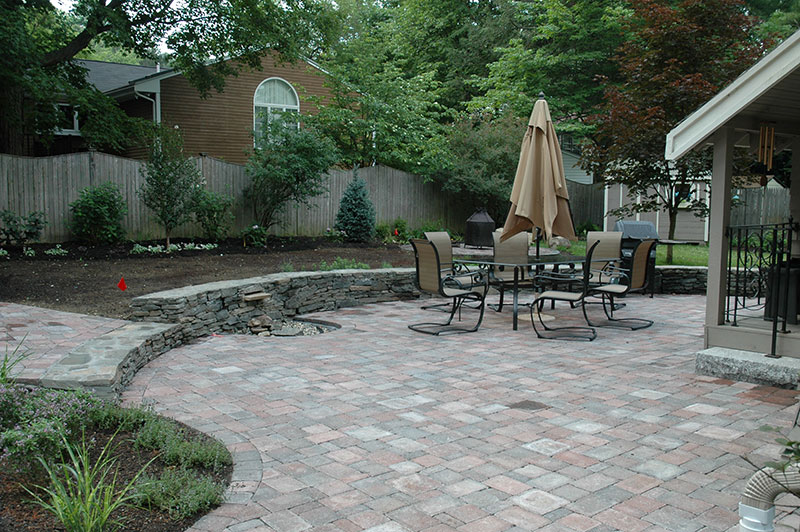Now that we’re into June and the summer solstice is only a few weeks away, it’s time for the Earth to show us its natural beauty in the form of colorful, vibrant shrubs and trees.
Yet we’ve found that this is also a time of year when many homeowners in the greater Boston area are most frustrated with their yard. They expect a lush garden and get disappointed when plants don’t grow the way they want.
Luckily, most of the mistakes we see being made in yards around Massachusetts are relatively easy to fix. Here are the top three reasons we see plants failing to grow, and some quick tips to correct them:

1. Not understanding your soil
We have seen many overeager gardeners simply choose the plants they think look nice, dig up their soil, and put the roots down in their yard. While it’s great to be enthusiastic about planting things in your garden, for best results you’ll need to do a bit more preparation. Even in the same town or development, the soil on one plot of land can be very different from another.
Solution: Test your soil before planting to understand its composition. A test can tell you about your soil’s acidity, pH levels, the presence of nutrients, and much more. Once you have this information, you’ll have a much better understanding of which plants suit your yard. We suggest getting a soil test from the UMass Amherst Soil and Plant Nutrient Testing Lab.
Handpicked Related Content:
2. Not planting in the right location
Some hardy plants can grow almost anywhere, in any kind of conditions. But others need to get a certain amount of sunlight, air, and water in order to grow healthy. Slope is another important factor in the location of your plants – growing on a flat surface is completely different than growing at an angle. For example, a group of plants located at the bottom of an incline may receive a lot more water than plants on the upper portion.
Solution: Evaluate your yard’s land before you plant on it. Think about the drainage, exposure to sunlight, angle of the land, effects of wind and precipitation, and more.

3. Not using the right amount of water
We often see people stunt growth in their garden by watering their plants too much, or not enough. If you water your plants too much, their roots won’t fully develop into the soil, leading to a shallow root system that is more susceptible to disease and dehydration. On the other hand, underwatering your plants will cause them to shrink and dry out.
Solution: Most outdoor plants should only require about an inch to an inch and a half of water per week. You may have to adjust this amount depending on the weather — if it’s particularly hot one week, a little more water may be needed. If it rains a lot, you can reduce or even completely eliminate your watering routine.
Learn how to make your yard a reflection of your own personality by downloading the ebook titled "How to Maintain Your Landscape and Transform it into a Beauty You'll Love."

Remember that these are all general guidelines: to really ensure your yard is healthy, you will need to adjust your lawn care routine to the specific plant species you want to grow. And if you are looking for some help making sure the plants in your garden are vibrant and healthy this summer, get in touch with our expert team at Moodscapes for a free yard assessment.






































